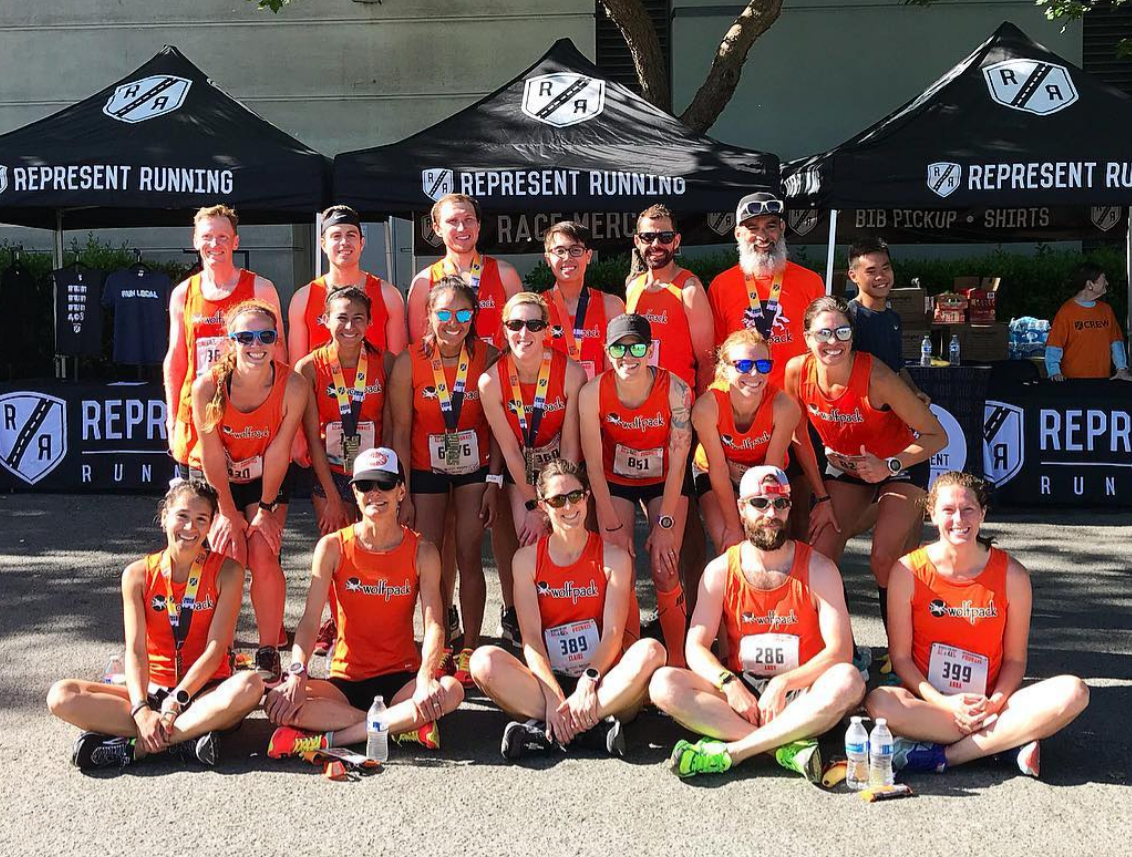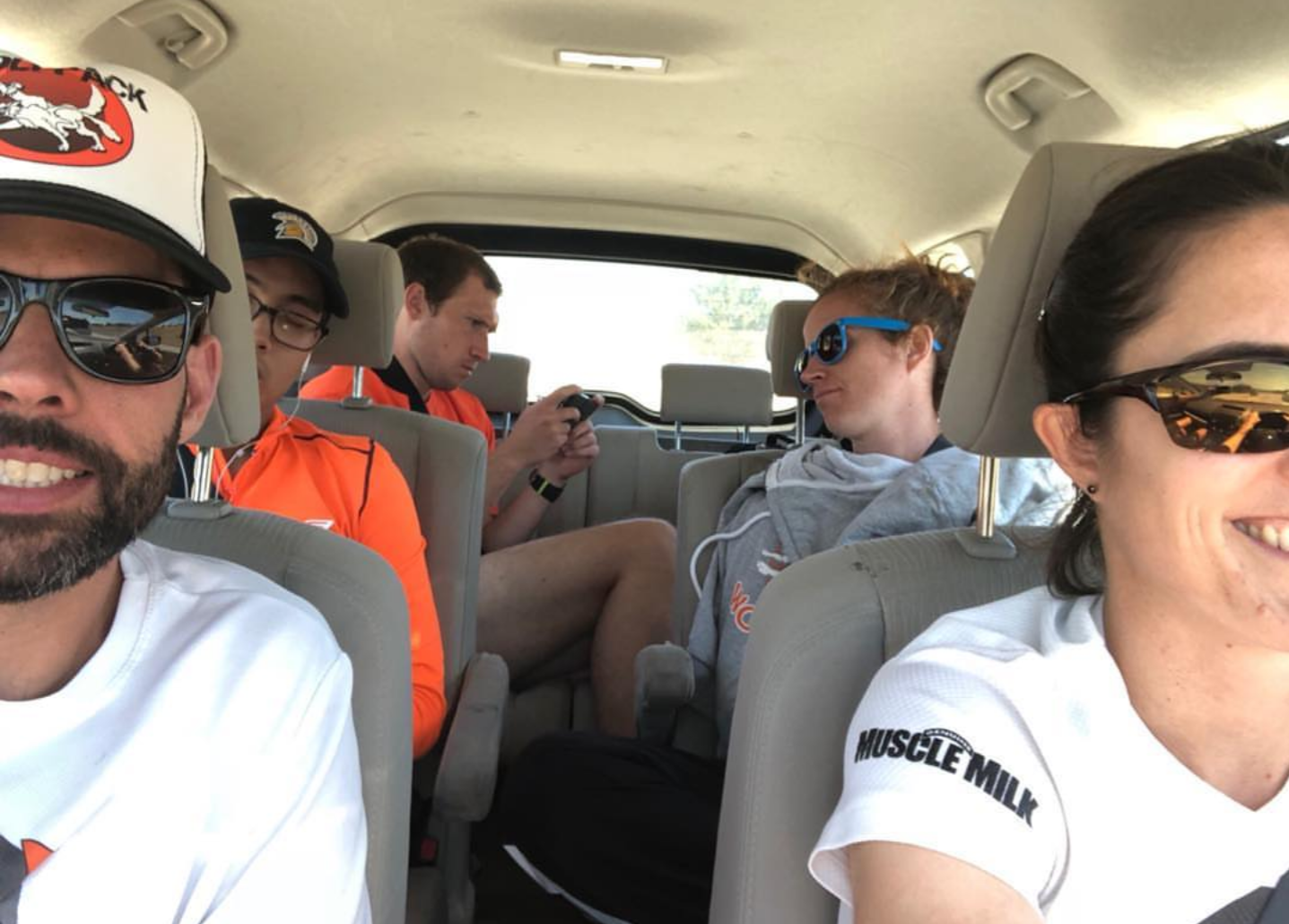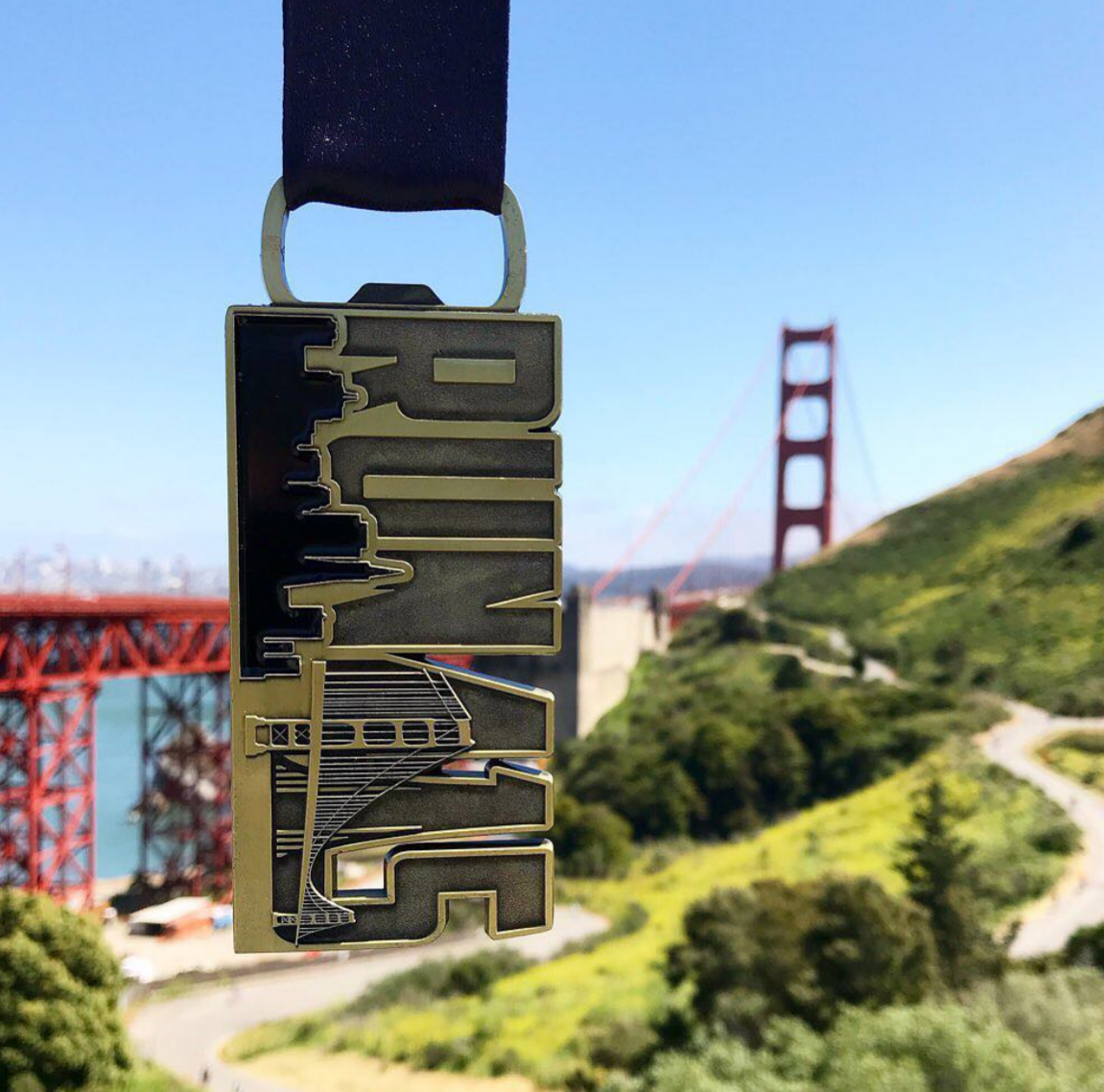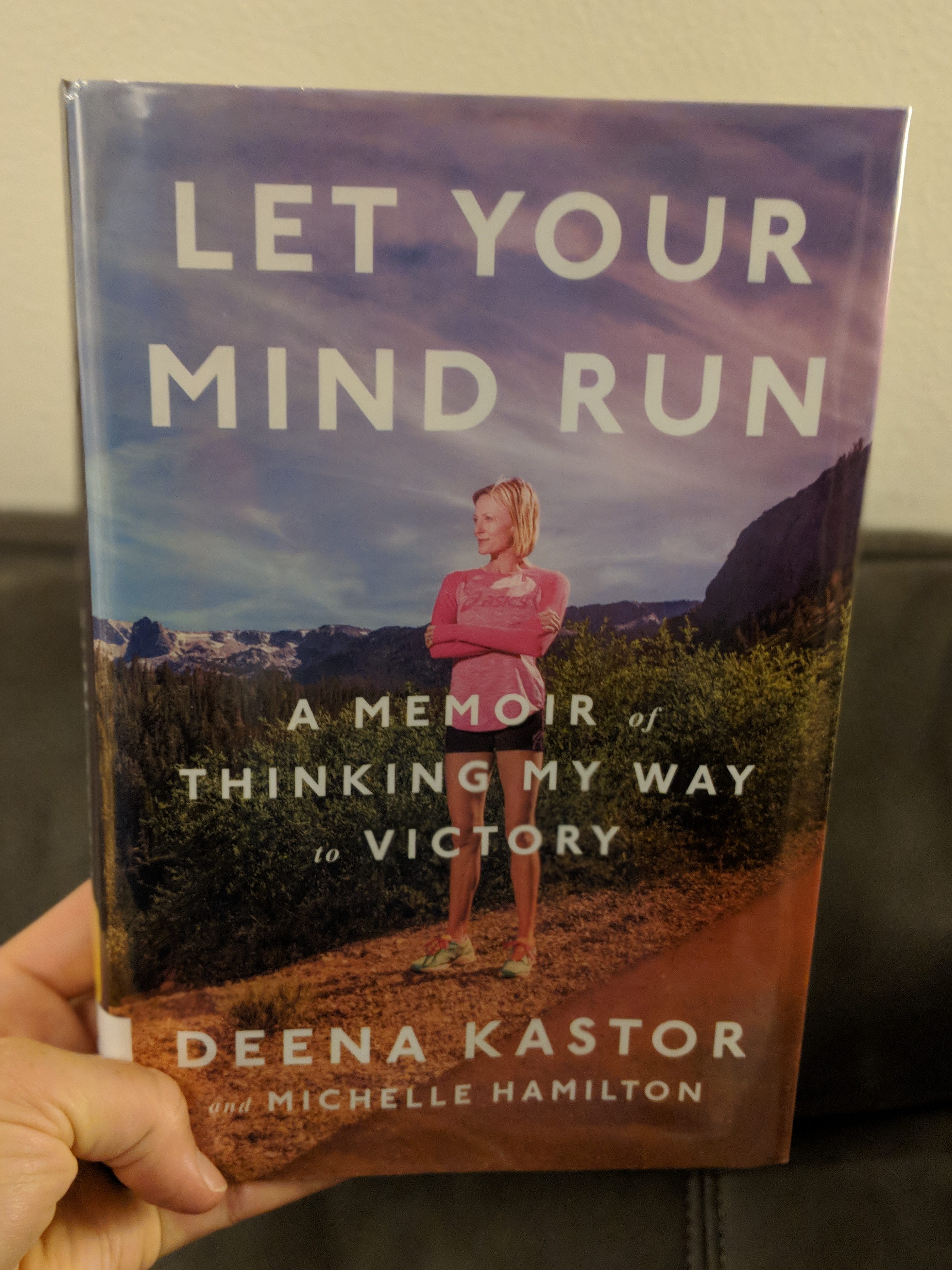2018 PA USATF Across the Bay 12k Race Report (Sausalito-SF, CA)
In early June, along with many of my Wolfpack teammates, I ran the 35th annual Across the Bay 12k, put on by Represent Running as the second event in their Run the Bay Challenge. While this race is actually older than me, this year was the first time I got to run it. Typically, the race isn’t until later in the summer, when I’m out of town, but for whatever reason, this year’s iteration was earlier in June. Bonus: it was newly put on the PA Road Series schedule, which meant that the race would be an opportunity for my team to compete and earn points. Bonus bonus: since I am a social media ambassador for Represent Running, my race fee was comped (which is always nice). Bonus bonus bonus: I got to see many other SMA buddies before or after the race, in addition to many other Wolfpack, Arete, and other friends. It was going to be an excellent day.
Going into the race, I knew very little about the course — just that it started in Sausalito, climbed up and over the Golden Gate Bridge, and ended in Aquatic Park in Crissy Field — and that it had a couple good climbs at the beginning and end. I’d only ever run one other 12k before, the 2014 Bay to Breakers, but I thought that I could possibly post a better time at ATB than what I had at BTB, notwithstanding the hills. I figured it’d be a scenic experience and that much of the course would coincide with that of TSFM that I’d be running in a couple months’ time. More than anything, it was going to be a training run and a bit of a litmus test to see how SF training was shaping up.
I knew when I woke up on race morning that I wasn’t feeling very springy, but I quickly dismissed the reality (denial can be helpful sometimes, right?) and just focused on doing what I could for the day. ATB race week was just another week of TSFM training, without any taper or anything like that, and I had come into race day after having a “hearty” workout (coach’s words) earlier in the week. No matter. In my view anyway, marathon training is often about navigating accumulated fatigue, so it’s rare that you’ll show up to a race that’s in the thick of marathon training actually feeling close to 100%. I don’t think this view is cynical; I think it’s more indicative of the reality that is 26.2 training. It’s both part of the challenge and part of the fun.
My teammates and I carpooled up to SF in the wee hours on race day (and I caught a little more sleep in the process, fortunately, since I slept pretty poorly the night before), and pretty much right off the bat, I started running into people I know, beginning with Connie, Meg, and Brian. After a quick bus ride over from SF/Ghiradelli Square to Sausalito/the race’s staging grounds, many of my teammates and I began a couple mile warm-up. The weather was pretty perfect — nice temps, amazingly no fog to speak of (affording us beautiful views of SF and the GGB), and no wind — and before too long, we were corralling ourselves into the first group and awaited for go time.

The course was interesting insomuch that it gave participants lots of opportunities (or challenges, depending on your disposition) to change gears. Literally steps off the starting line, we began a massive descent that hurtled us down virtually underneath the GGB. Of course, to get back over into SF, we had to get ourselves up to the bridge, so that massive downhill and subsequent flat first mile quickly transformed into what felt like a straight-vertical second mile to get us up to the bridge. The bridge is about two miles long and a “false flat,” so it wasn’t until about mile 3 or so, when we were over the bridge and onto the SF side of the race, that we really began (heartily) descending again and wound our way on flat lands through Crissy Field. There was a little out-and-back action at one portion around mile 4/4.5, if I remember correctly, but for the most part, once we got over into SF and off the GGB, it was a continuous trek east. Roughly miles 3.5-7 were flat, and at the very end, we passed Fort Mason and crested one last good-sized hill that would spill us over to the finish line on the other side, right back at Ghiradelli Square, where we boarded buses just a couple hours earlier. A 12k translates to about 7.5 miles — you’re welcome; I didn’t know either — which doesn’t sound like all that much longer than a 10k but in the thick of it, holy hell! What a difference! Everything is more intense when you’re trying to run fast.

If I say nothing else about this race, I’ll say this: I found it an excellent exercise in patience. Clearly I’m not the best at pacing short stuff, but right off the starting line, surrounded by tons of very, very fast PA runners and teammates, and on a downhill, it took a LOT of self-control to not fly. I remember looking down at my watch for a second to find that I was around a 5:55 pace — and yes, on a downhill, and right at the start, so it’d understandably be faster than what I had any business to be posting — but I quickly pulled back because I knew that’d bite me tremendously later. I have enough experience to know from racing in these uber-fast PA races that I’m doing well for me if I finish in the 50th percentile. That said, I knew right off the line about where I should be.
I tried to anticipate these big climbs that I had been warned about, and I think pulling back in that first big downhill mile helped me feel strong getting up to and over the GGB. I slowly began reeling in and passing other runners who had smoked me off the line, and I was surprised at how strong I felt as I was ascending and descending. Thanks to the stroke and the subsequent time off and fitness rebuilding this spring, I haven’t raced a lot yet this year, which simply means that I’m relying on workout data to give me a glimmer of an idea of my fitness and endurance right now. By this time last year, I had PRed — repeatedly — my 5k and 10k times, but of course, this spring played out very differently. Getting comfortable and feeling confident in a racing atmosphere again will only come when I put myself out there and go for it. I mean, that’s kinda how it works; you get comfortable with racing by racing. (Magic, right?). Even as I was toeing the line at this race, I felt zero — absolutely zero — race day nerves. ATB was feedback, pure and simple, an opportunity to see what my body could produce in a fatigued state and after slowly building back fitness, speed, and endurance since beginning in mid-March.
One of my highlights from ATB was seeing so many other teammates and friends on the brief OAB around mile 4; I did Chicago runners proud by the number of beautiful mid-race side-5s I threw down. For the final couple miles of the race, I could see Meg’s little ponytail whipping around maybe thirty seconds-a minute in front of me, and I tried so hard to catch up to her. Imagine how fun would it be to finish alongside a dear friend?! Ultimately I didn’t — and I sorta wished I had taken an SiS mid-race, either in addition to or instead of the one I had taken beforehand, wondering if I would have finished more strongly — but I posted 52:45 (52:48 officially, since PA rules are antiquated and go by gun time, not chip time), around a 7 minute pace for what Garmin says was just shy of 700’ of climbing. And yup, my predictions were pretty spot-on for PA placement: 19/58 women, 12/18 AG, and and 67/140 overall. Cool.

Shortly after finishing, my teammate Leilani and I shared some cool-down miles before I circled back for more (after having a piece of birthday cake to celebrate my teammate, Anna’s, 35th); fueling a cool-down with delicious birthday cake can’t be beat. It ended up being a gorgeous morning in SF, punctuated with a fun race, great competition, and a lovely meet-up with friends whom I don’t get to see nearly as often as I like. Many teammates did really well, posting wonderful PRs and high placements, and it was super fun to share in their successes.

I’d definitely recommend this race if you’re local or local-ish to SF. Running over the GGB is fun, and provided you don’t have an aversion to some urban climbing, I think you’ll have an enjoyable experience. Of course, I’m partial to anything that JT and his crew at Represent Running produce, but it has been my experience, anyway, that as far as races go, they’re as fun, competitive, locally-focused, and well-organized as they come. I was so happy that I was actually in town for this year’s race, and I’m excited to run it again in the future, perhaps on fresher legs this time around. (But honestly, probably not. I always consider really training for, and racing, shorter stuff in substitution of marathon training, but I really like the long stuff and prefer to throw in the short stuff as periodic checks. Never say never though, right?). Even though I missed breaking my BTB time by about 70 seconds, I had a lot of comfortably-hard fun and valued the opportunity to get some feedback on my TSFM training seven weeks out.

